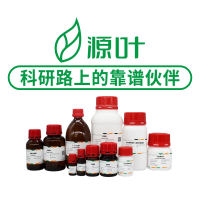Packed Column Supercritical Fluid Chromatographic Determination of Acetaminophen, Propyphenazone, and Caffeine in Pharmaceutical Dosage Forms
互联网
互联网
相关产品推荐

26017900赛默飞TG-PACKED COLUMN MS-5A 80/100 1.83M 2.0MMID 1/8IN OD GEN CONFIG NOC KIT-D Thermo
¥2900.12

Lyso-PAF C-16-d4;201216-37-7;≥99% deuterated forms(d1-d4), 1mg/ml in ethanol;S55567-100μg
¥444

Propyphenazone(D50587)-250mg/500mg/1ml (10 mM/DMSO)
¥280

Recombinant protein of human DMC1 dosage suppressor of mck1 homolog, meiosis-specific homologous recombination (yeast) (DMC1), 20 µg
¥2900

G1532-20710安捷伦6890 TCD Packed Column Adapter Agilent
¥864.45
推荐阅读
Direct Chiral Resolution of Optical Isomers of Diltiazem Hydrochloride by Packed Column Supercritical Fluid Chromatography
Determination of Artemisinin in Artemisia annua L. by Off-Line Supercritical Fluid Extraction and Supercritical Fluid Chromatography Coupled to an Eva
Determination of Salbutamol Sulfate and Its Impurities in Pharmaceuticals by Supercritical Fluid Chromatography

